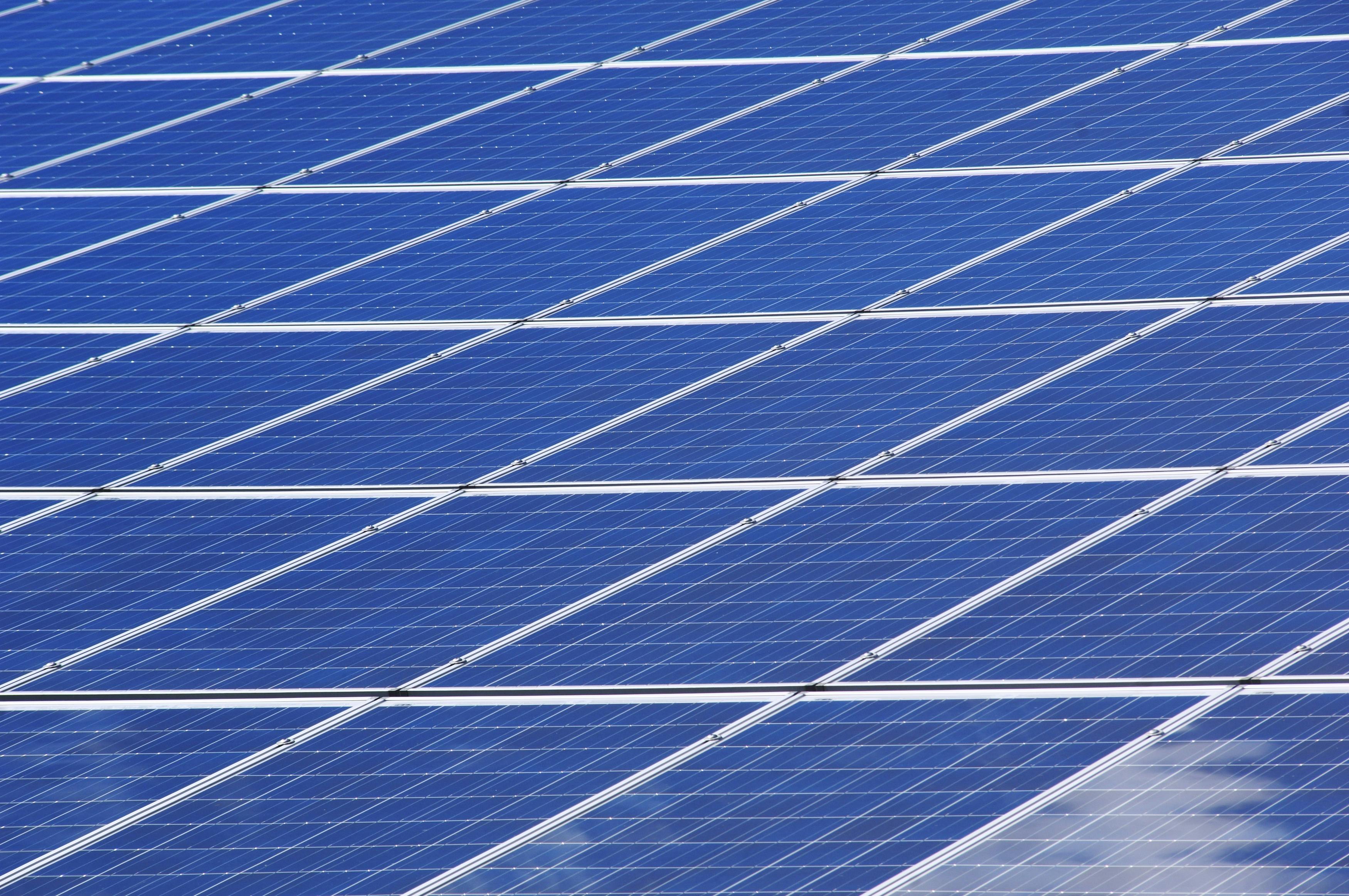how to install solar power
Installing solar power systems can significantly reduce your electricity bills while contributing to environmental sustainability. This comprehensive guide walks you through the essential steps, components, and considerations for a successful solar installation. Whether you're planning a DIY approach or working with professionals, understanding the process helps ensure optimal energy efficiency and long-term savings.

Solar power installation involves careful planning, proper component selection, and systematic execution to create an efficient renewable energy system. The process requires understanding local regulations, assessing your property’s solar potential, and choosing appropriate equipment for your specific energy needs.
Step-by-Step Installation Guide
The installation process begins with a thorough site assessment to determine optimal panel placement and system sizing. Start by evaluating your roof’s condition, orientation, and shading patterns throughout the day. South-facing roofs with minimal shade typically provide the best results. Measure available roof space and calculate your household’s average energy consumption using past utility bills. Next, obtain necessary permits from local authorities, as most jurisdictions require electrical and building permits for solar installations. The physical installation involves mounting rails to roof rafters, securing panels to the mounting system, and connecting the electrical components including inverters and monitoring systems.
Understanding Solar Panel Components
A complete solar power system consists of several interconnected components working together to convert sunlight into usable electricity. Solar panels contain photovoltaic cells that generate direct current (DC) electricity when exposed to sunlight. Inverters convert this DC power into alternating current (AC) electricity compatible with household appliances and the electrical grid. Mounting systems secure panels to your roof while allowing proper airflow for cooling. Electrical components include DC and AC disconnect switches, production meters, and grounding equipment for safety. Battery storage systems, while optional, can store excess energy for use during nighttime or power outages, providing greater energy independence.
Maximizing Energy Efficiency
Optimizing your solar system’s performance requires strategic planning and ongoing maintenance practices. Panel placement should maximize sun exposure throughout the year, considering seasonal sun angle variations. Proper spacing between panels prevents shading while allowing adequate ventilation. Regular cleaning removes dust, debris, and snow that can reduce energy production. Monitoring systems track performance and alert you to potential issues requiring attention. Consider energy-efficient appliances and LED lighting to reduce overall consumption, allowing a smaller solar system to meet your needs. Proper system sizing ensures you generate enough electricity without oversizing, which increases unnecessary costs.
Saving on Electricity Bills
Solar installations can dramatically reduce monthly electricity expenses through net metering and energy production offsetting consumption. Net metering allows you to sell excess electricity back to the utility company, earning credits for future use. During peak production hours, your system may generate more electricity than you consume, with surplus power flowing back to the grid. These credits offset electricity drawn from the grid during nighttime or cloudy periods. The amount of savings depends on your local utility rates, net metering policies, and system size relative to your energy consumption. Most homeowners see 70-90% reduction in electricity bills, with some achieving complete energy independence.
| System Size | Average Cost | Monthly Savings | Payback Period |
|---|---|---|---|
| 6kW System | $15,000-$18,000 | $120-$180 | 8-12 years |
| 8kW System | $20,000-$24,000 | $160-$240 | 8-11 years |
| 10kW System | $25,000-$30,000 | $200-$300 | 8-10 years |
Prices, rates, or cost estimates mentioned in this article are based on the latest available information but may change over time. Independent research is advised before making financial decisions.
Exploring Financing Options
Multiple financing methods make solar installations accessible regardless of upfront budget constraints. Cash purchases offer the highest long-term savings and immediate ownership benefits, including full tax credit eligibility. Solar loans provide financing with competitive interest rates, allowing you to own the system while making monthly payments often lower than previous electricity bills. Leasing arrangements require minimal upfront costs but provide lower long-term savings since you don’t own the equipment. Power purchase agreements (PPAs) allow you to buy electricity from solar panels installed on your property at predetermined rates. Federal tax credits currently provide 30% of installation costs back as tax credits, with many states offering additional incentives, rebates, or performance-based payments that further improve financial returns.
Successful solar power installation combines proper planning, quality components, and professional expertise to create a reliable renewable energy system. Understanding each step of the process helps ensure optimal performance and maximum financial benefits while contributing to environmental sustainability through clean energy generation.


